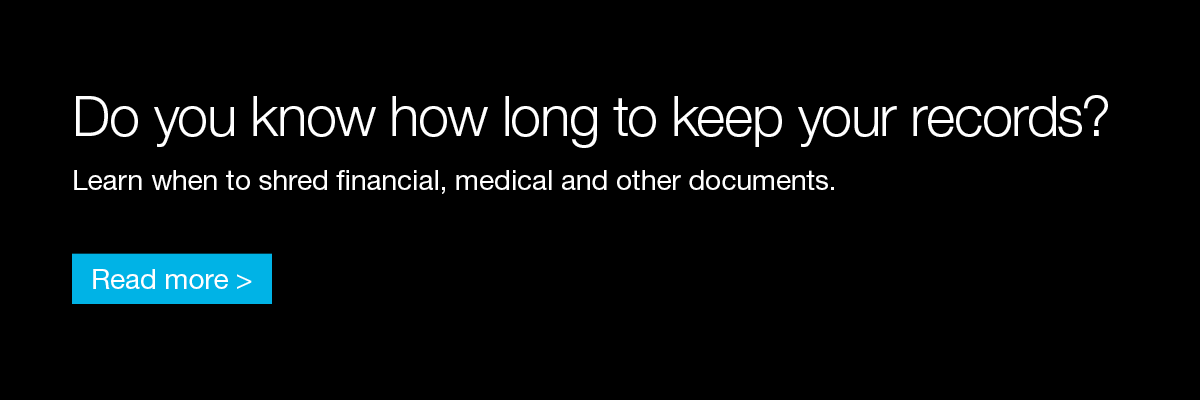by
Badgley Phelps
| Sep 14, 2017
According to the Javelin 2016 Identity Fraud Study, fraudsters have stolen $112 billion in the past six years. That amounts to $35,600 stolen per minute, “or enough to pay for four years of college in just four minutes.”
The fact is there are hidden risks within our connected lives. If you’ve been a victim of identity theft or know someone who has, you know that correcting the damage is time consuming and can be costly. Here are some tips for lessening your risk of identity theft.
Watch your wallet
Limit what you carry in your wallet. Social security numbers are often used in fraudulent transactions, so you should avoid carrying your social security card with you. Only carry the credit, debit and identification cards you need.
Mind your mailbox
Reduce the opportunity for mail theft by taking your outgoing mail to your local post office. When traveling, have a neighbor pick up your mail—or request a vacation hold for your mail at the USPS website. It’s a good idea to opt out of those pre-approved credit or insurance offers that take up your mailbox by visiting optoutprescreen.com. Also, take note of when your bills arrive each month and if bills are late, call the creditor to make sure an identity thief hasn’t changed your billing address to keep you from detecting fraudulent charges.
Buzz your bank
Ask your bank about adding fraud alerts to your account. These can be sent via text, email or through a phone call—and can be a first line of defense against fraudulent transactions.
Protect your personal information
Never give your social security number or other personal information like your mother’s maiden name or account number to strangers that contact you by phone, email or postal mail. Identity thieves may “phish” for details, posing as a bank, business or government employee using official-looking emails in order to obtain access to your personal information. Visit the Anti-Phishing Working Group for more information and red flags.
Seize the shredder
Make a practice of shredding receipts, credit offers, credit applications, insurance forms, physician statements, checks, financial statements, expired credit cards and similar documents. Some security experts recommend shredding any paper with your name on the document or receipt.
Keep tabs on your credit
One of the best ways to protect yourself against identity theft is to monitor your credit. Closely monitor your bank, credit and brokerage accounts online, and take advantage or your free annual credit report from each of the national credit bureaus: Equifax, Experian and TransUnion. Many big banks and credit card companies now allow cardholders free access to their FICO score on a regular basis. Check to see if your bank or card offers this feature, or visit annualcreditreport.com to order your free report.
Defend your devices
Never open files, click on links or download programs sent by strangers. If an email seems suspicious, look up the contact information you have on file, and reach out to confirm that the correct person or company sent the email.
In addition, take the following steps to secure your electronic devices:
- Avoid public wireless networks when accessing confidential information and accounts
- Install antivirus, antispyware software and a firewall on your computer(s)
- Routinely update your security software
- Use strong and creative passwords; consider a password services like Last Pass for help
- Keep your browser secure and use encryption software that scrambles information sent over the internet
- Use a wipe utility program to overwrite hard drives before disposing of computers
- When disposing of a mobile device, follow instructions from your service provider on how to transfer then delete information, then shred your old SIM card using scissors, damaging the bronze foil area of the chip, where the data is stored, as much as possible
If you think you’ve detected fraudulent activity, immediately notify the financial institution where the activity happened and ask to have your account frozen or locked. Take another look at your credit report for confirmation and report verified fraudulent activity to the authorities.
